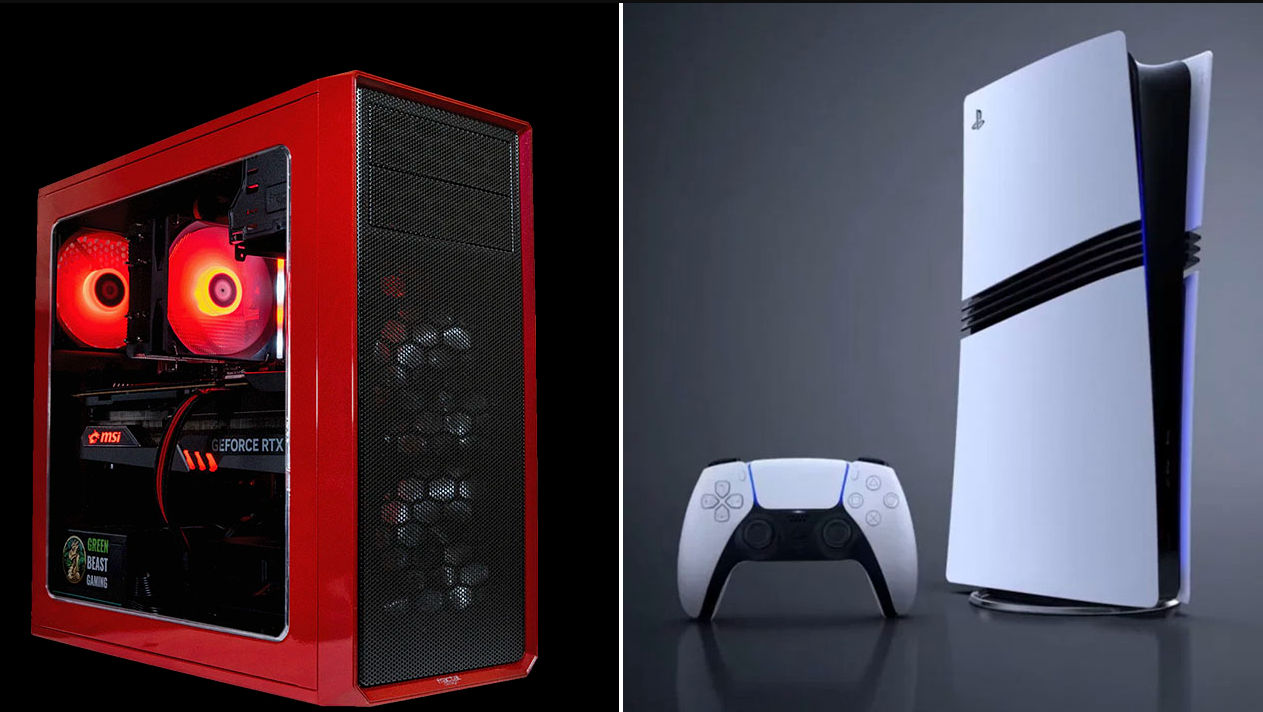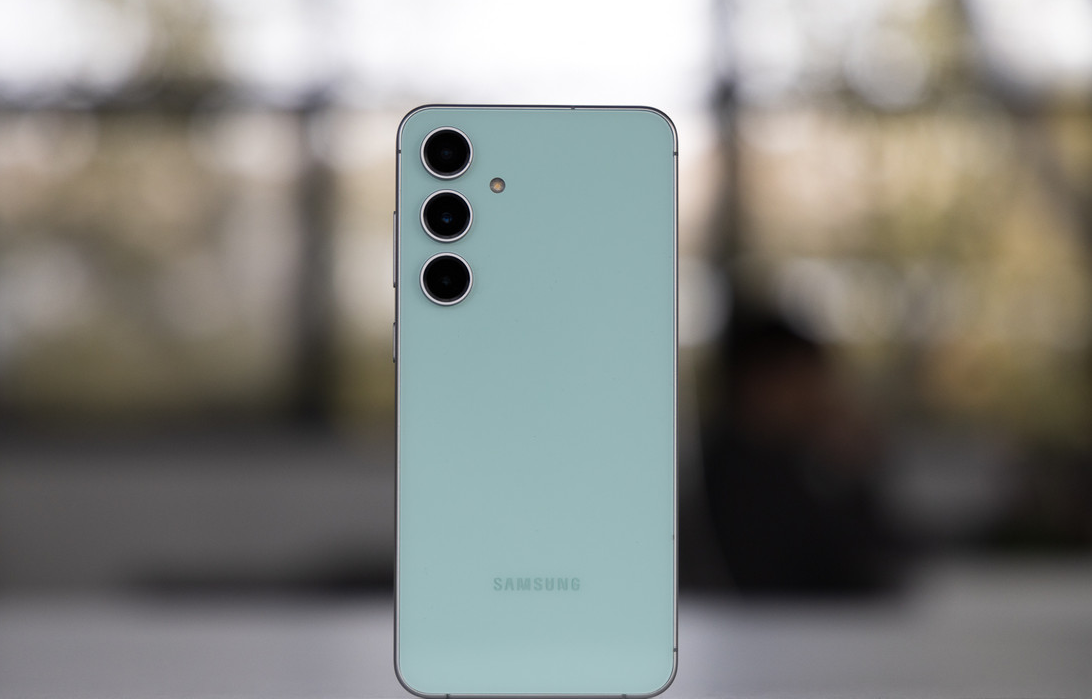A refrigerator is an indispensable household appliance that keeps food fresh and frozen. Despite its everyday use, many people do not think about how much energy it consumes. The power consumption of a refrigerator is an important parameter that affects your energy bills and the overall energy consumption of your home. Let’s take a closer look at what power consumption is, how it is measured, and how many kilowatts a refrigerator draws per month.
What is the power consumption of a refrigerator
The power consumption of a refrigerator is the amount of electricity that the device uses to maintain a certain temperature inside the refrigerator and freezer compartments. This parameter is measured in watts (W) and kilowatts (kW). The wattage of a refrigerator can vary greatly depending on its type, size, and energy efficiency.
For example, a small refrigerator may have a power of about 100-200 W, while a large refrigerator with a freezer function may consume 300-400 W or more. This power is indicated on the information plate of the refrigerator or in the technical documentation.
How to measure the power consumption of a refrigerator
The power consumption of the refrigerator is measured using wattmeters – special devices that are connected between the socket and the appliance and record the amount of energy consumed. Manufacturers usually indicate the power of the refrigerator in watts on the information plate located inside or on the back wall of the device. This information can also be found in the operating instructions.
For a more accurate measurement, it is recommended to use home meters that can show not only the current power, but also the total electricity consumption for a certain period.
How many kilowatts a refrigerator draws per month
To calculate how many kilowatts a refrigerator draws per month, you need to take into account its capacity and the average operating time per day. Refrigerators work in cycles: they switch on when the temperature inside rises above a set level and switch off when the desired temperature is reached.
Let’s look at an example. Let’s assume that the power of your refrigerator is 200 W. If it works on average 8 hours a day, the daily electricity consumption will be as follows:
200W×8 hours =1600Wh
Let’s convert watt-hours to kilowatt-hours:
1600 W/h=1.6 kWh
To calculate the monthly consumption, multiply this value by 30:
1.6 kWh×30=48 kWh
Thus, a refrigerator with a 200W power rating will consume about 48 kWh per month. This calculation gives a general idea, but actual consumption may vary depending on many factors.
Impact of energy efficiency on power consumption
The energy efficiency of a refrigerator plays an important role in its power consumption. Modern refrigerators often have energy efficiency class labelling such as A++, A+++, indicating lower power consumption compared to older generation models.
Energy efficient models can consume up to 30-50% less energy, which significantly reduces energy costs. When buying a new refrigerator, it is worth paying attention to its energy efficiency class to reduce operating costs in the future.
Table of energy efficiency classes of refrigerators
| Energy efficiency class | Energy consumption |
| A+++ | Less than 22% |
| A++ | 22-33% |
| A+ | 33-42% |
| A | 42-55% |
| B | 55-75% |
| C | 75-90% |
| D | 90-100% |
| E | 100-110% |
| F | 110-125% |
| G | More than 125% |
Refrigerator consumption in watts in different modes
Refrigerators can operate in different modes, and the consumption of the refrigerator in watts depends on the selected mode of operation. For example:
- Normal mode: In this mode, the refrigerator operates under standard conditions, maintaining the temperature within the normal range.
- Fast freezing mode: Used to freeze large quantities of food quickly. This mode consumes more energy as the compressor works more intensively.
- Economy mode: In this mode, the refrigerator consumes less energy while maintaining a slightly higher temperature, which is suitable for when the refrigerator is partially empty or not used often.
Factors affecting power consumption
Several factors can affect the power consumption of a refrigerator:
- Ambient temperature: In hot weather, the refrigerator works harder because it needs more effort to maintain the required temperature inside.
- Refrigerator load: An overcrowded refrigerator uses more energy because the compressor has to work harder to cool all the food.
- Condition of the door seals: If the seals are worn, cold air will escape, increasing the load on the compressor and thus the energy consumption.
- Frequency of door opening: Frequent door opening increases energy consumption because the compressor has to restore the temperature each time.
How to reduce the power consumption of a refrigerator
There are several ways to reduce the power consumption of your refrigerator:
- Regular defrosting: Ice build-up on the freezer walls increases the load on the compressor. Regular defrosting helps to maintain operating efficiency.
- Optimal temperature: Set the refrigerator temperature to 3-5°C and the freezer temperature to -18°C. These are the optimum values for food preservation and energy saving.
- Kitchen ventilation: Ensure good ventilation around the refrigerator to prevent the compressor from overheating and overworking.
- Rational use of space: Fill the refrigerator rationally, avoiding overloading it so that the air inside circulates freely.
Understanding how many cwt your fridge takes helps you effectively manage your home’s energy consumption. Knowing the wattage of your refrigerator and considering the various factors that affect its power consumption can significantly reduce your energy costs. It is important to choose energy efficient models and follow the recommendations for their use to minimise energy consumption and keep your budget in check.
Discover a new fridge and enjoy savings with reBITme. Don’t miss your chance!





